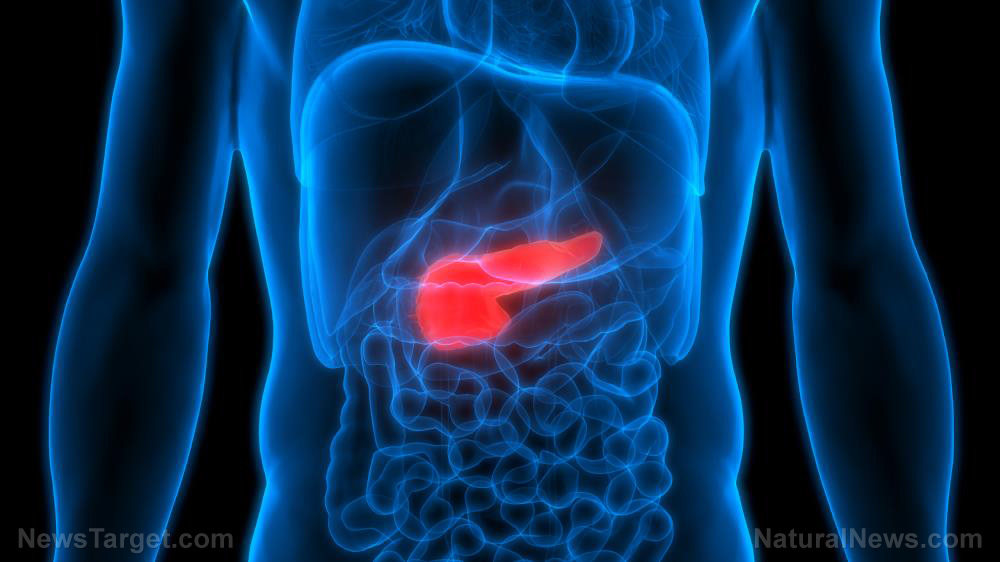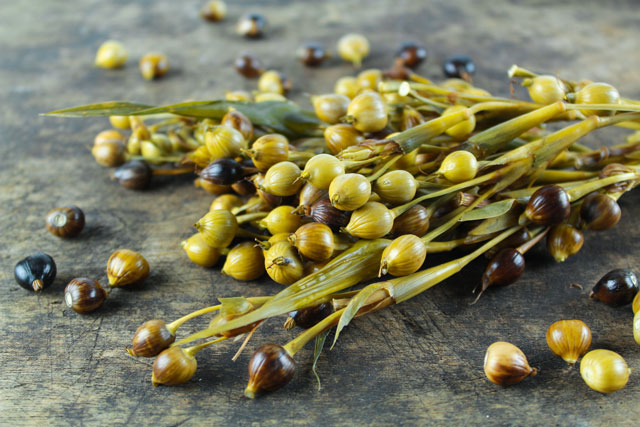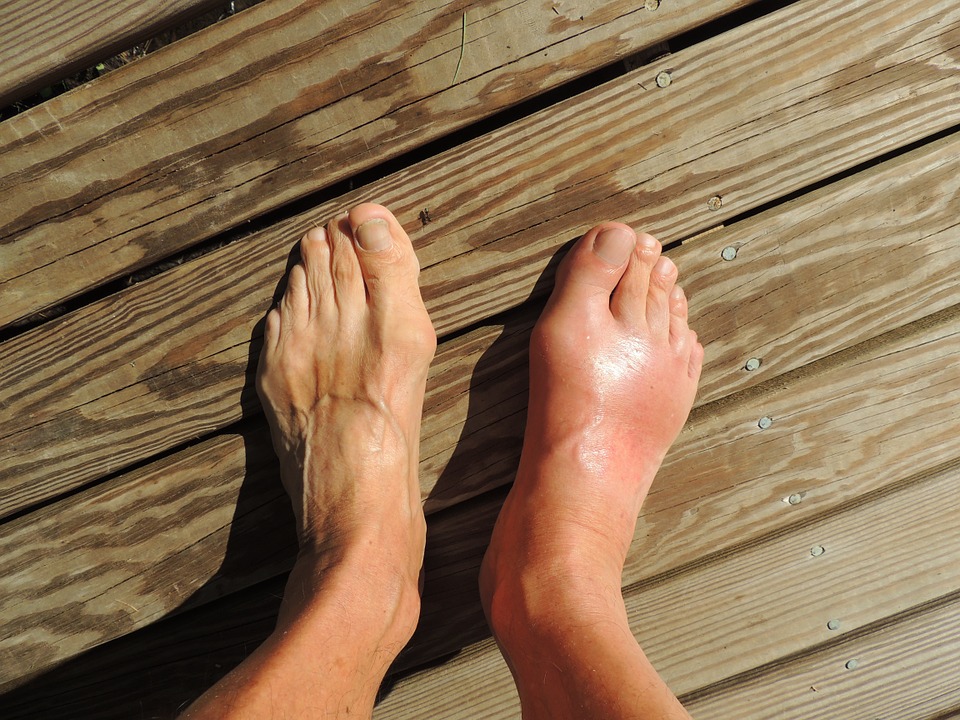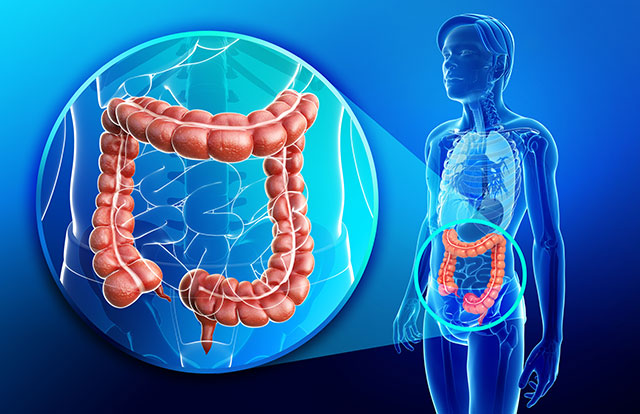Moxibustion found to be a safe alternative treatment for idiopathic pulmonary fibrosis
11/02/2018 / By Earl Garcia

A traditional Chinese medicine therapy known as moxibustion might hold potential in disease management for patients with idiopathic pulmonary fibrosis (IPF), a study published in the African Journal of Traditional, Complementary and Alternative Medicines revealed. An entry posted on the Taking Charge website explained that moxibustion is a form of heat therapy that involves burning dried plant materials called moxa — usually made from the dried leafy material of Chinese mugwort — on or near the surface of the skin. The treatment aims to warm and invigorate the flow of Qi in the body and eliminate certain pathogenic influences, the article noted.
A team of health experts from China’s premiere universities and health organizations used mice models of IPF in order to examine the treatment’s efficacy in relieving the lung condition. The researchers divided the mice into four groups, two of which received either moxibustion therapy or prednisone treatment, while the other two served as the model group and the non-treatment controls.
Data from Hematoxylin and Eosin (H.E.) staining showed that transforming growth factor beta 1 (TGF–?1), a protein associated with cell death, significantly decreased in both the moxibustion and prednisone groups. The results also showed that the levels of interferon gamma (IFN?), a cytokine used in IPF treatment, increased in both groups. In contrast, the researchers saw a reverse effect on both the model group and the controls. (Related: Use Enzymes for Fibrosis, Scars, Keloids, Lung Disease and Cancer.)
“The moxibustion group showed moderate pulmonary fibrosis and some lymphocytic infiltration, and there were limited pathological changes compared to the model group. It seems moxibustion can relieve traumatic pulmonary alveolitis and inhibit pulmonary interstitial fibrosis, and the effect was as good as prednisone. The moxibustion and prednisone groups had less severe alveolitis comparing to the model group, and the differences were statistically significant. For fibrosis, the moxibustion and prednisone groups showed alleviated physical signs compared to the model group,” the researchers said.
The study gained support from the National Natural Science Foundation of China, Key Project of State Administration of Traditional Chinese Medicine, China Postdoctoral Science Foundation, and the Natural Science Foundation of Guangdong Province.
U.S. IPF rates are higher than previously thought
The recent findings may have important implications in IPF treatment, particularly in the U.S. where the disease appeared to be more prevalent than previously estimated. The researchers pooled information from various claims databases and found that the incidence of IPF was approximately 17 cases per 100,000 men and women aged 18 years and older, which marks a stark difference from the previously estimated rates of only nine cases per 100,000.
“The results of our study suggest that the prevalence and incidence of IPF in the United States are probably higher than previously reported. Further research is needed to confirm and update these findings. Additional research on the economic burden of this disease is also needed so that the cost-effectiveness of newer, more effective medical interventions may be properly evaluated,” the researchers concluded.
The study was published in the American Journal of Respiratory and Critical Care Medicine.
Fast facts about idiopathic pulmonary fibrosis
According to the National Heart, Lung, and Blood Institute (NHLBI), IPF is a form of severe lung disease in which the respiratory tissues become thick, stiff, or scarred over time. This results in reduced lung function and inadequate oxygen supply across the body, the health agency explained. The NHLBI also cautioned that exposure to environmental pollutants, use of certain medications, cigarette smoking, and viral infections may raise the odds of developing the disease.
Likewise, the health agency listed a few symptoms that indicate the onset of IPF. These symptoms include:
- Shortness of breath;
- A dry, hacking cough that doesn’t get better;
- Rapid, shallow breathing;
- Gradual, unintended weight loss;
- Fatigue or malaise;
- Muscles and joint pain; and
- Clubbing of the fingers or toes.
According to the NHLBI, the disease can be rectified by undergoing lung transplant, pulmonary rehabilitation, and other alternative therapies.
Sources include:
Tagged Under: alternative medicine, disease treatments, fibrosis, lung disease, lung health, moxibustion, pulmonary fibrosis, respiratory health



















